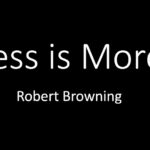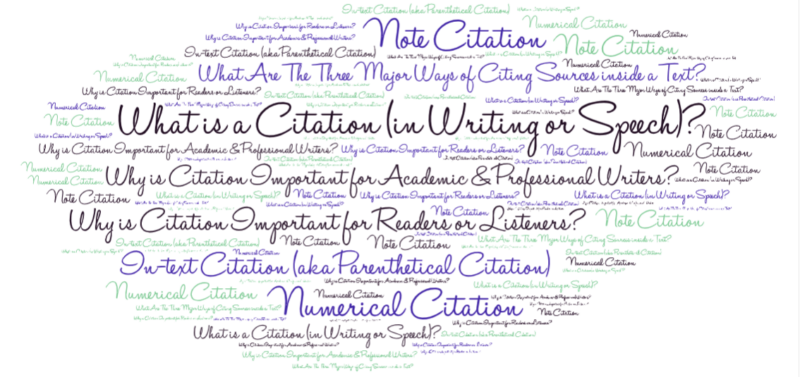
What is Concrete Language, Sensory Language?
Concrete, Sensory Language
- references specific places, events, people, and tangible topics
- invokes the readers’ senses (taste, smell, touch, sight, and sound)
- an attribute of prose associated with clarity and simplicity.
Concrete, sensory language is the antithesis of abstract language, which tends to be intangible and metaphysical.
Related Concepts: Description; Diction; Figurative Language; Vague Language; Writer-Based Prose Style
Why Does Concrete, Sensory Language Matter?
Concrete, sensory language provides the level of detail, the level of specificity, that readers, listeners,and users need to understand and properly imagine and interpret a text.
Strategic use of concrete, sensory language is a defining characteristic of reader-based prose. Inexperienced writers often struggle to imagine the descriptive details readers need to follow along
develop the register, the rhetorical stance, needed to communicate in home, school, and workplace discourse.
Concrete language doesn’t require as much mental processing on the part of the reader, listener, or user as abstract language. For instance, if you use the word chair in a text, you know your readers will have a pretty clear idea in their mind about what a chair is.
In general, texts that employ concrete, sensory language are more readable than texts that rely primarily on abstract language, vague, overgeneralized language.
The great enemy of clear language is insincerity. When there is a gap between one’s real and one’s declared aims, one turns as it were instinctively to long words and exhausted idioms, like a cuttlefish spurting out ink.
George Orwell, Politics and the English Language (2013)
Probably it is better to put off using words as long as possible and get one’s meaning as clear as one can through pictures and sensations. Afterward one can choose—not simply accept—the phrases that will best cover the meaning
How Can I Revise My Language to be More Concrete, More Sensory?
Replace abstract language with words that have clear, direct, and precise meaning.
Abstract Language Example: The case sought to establish equality for people of all sexual orientations.
Critique: Here, equity is an abstraction. After all, equality can mean a variety of things to different people: What does equality mean in this instance?
Revision: The case sought to legalize gay marriage.
Use language that appeals to the senses.
Abstract Language Example: The waiting room was unpleasant.
Critique: What makes this setting unpleasant? Replace this term with specific descriptive language.
Concrete: The waiting room was cold, antiseptic-smelling, and crowded with sick people who were coughing, groaning, or crying.
Recommended Resources
Hayakawa, S. I. (1964). Language in Thought and Action. Harcourt, brace & world.
Ohmann, R. (1979). Use definite, specific, concrete language. College English, 41(4), 390-397.
Orwell, G. (2013). Politics and the English language. Penguin Classics.
Balmford, C. (n.d.). Plain language: Beyond a movement. PlainLanguage.gov. https://www.plainlanguage.gov/resources/articles/beyond-a-movement/





















